(This is an element of ‘Lighting – Street Lamps‘)
This title is no exaggeration! Many of the fixtures discussed here top 6ft or even 2 metres in height and 4ft 6in across, often hexagon, octagon and even 12-sided in section! And the reason — without this huge size the whole frame would have collapsed because the soft solder that holds the majority of the lantern components together would simply have melted under the temperature produced by the multi flame burner. (See burner pictures in Lighting/Burners/Open flame.)
The invention of the gas mantle, radically changed the size of lanterns because the same amount of illumination could be achieved with a tiny proportion of the gas consumed and thus the heat was reduced dramatically. The large lanterns came to quite an abrupt end and that is why they are so rare today. They are, however, a notable feature of almost any contemporary photograph of street scenes, especially in London.
Workman about to fit twin open flame burner (laying by his feet) for gas test on a Lambeth Lantern. (Note the etched logo)
If you would like to see one of these now very rare lamps, there is one in near perfect condition on a window ledge in a church in Devon, (2015)! To see a picture and read the story about this discovery, go to ‘Location Pictures’ and wind to the bottom.
Post mounted and suspension versions of Westminster (top) and Lambeth lanterns. The Lambeth appears to differ from the one with the workman in the chimney section which appears a little longer and pierced rather than slotted and carries a plain spun cap and spike as against a scalloped cap and spike.
This illustration of a very large early lamp, similar if not identical, to the lamp in the right hand picture below. The multiple ring argand burner is shown in close-up.
These two illustrations from 1879 show two versions of a huge Sugg 12-sided glazed top lantern with opal glass panels to improve the light distribution providing increased downward illumination.
This is a recent (2006) photograph from the Sovereign Hill area of the historic town of Ballarat in Victoria, Australia, not far from Melbourne. It carries a number of Sugg lanterns including these replicated 12-sided lanterns – the oldest design of Sugg lanterns still in use – and clearly the same as the ones in the book illustration 128 years earlier.
Unless someone knows better!
The picture above is by courtesy of David Morrison who is a professional photographer in the area and was photographing heritage items. He was familiar with the word SUGG but didn’t know ‘what it meant’ so turned to the internet – and the rest is history – literally!
The challenge just above to find something older caught the eye of researcher Arthur Brook who visited Ballarat in 2009. He also sent me a nice photograph and the following update on this “Sugg heritage site” on the other side of the world!
“Lydiard Street also contains some introduced replica gas lamps which were constructed in the 1980s by the City of Ballarat to replicate the early street lighting. The lamps and placement of lamps were based on the early street lighting. The one original surviving street lamp outside Craig’s Hotel has been recently removed due to damage. Two large cast iron “Sugg” lamps were also introduced in the centre of the intersections of Lydiard and Sturt Streets and Lydiard and Dana Streets as part of this project. The design and placement was based on early photographic evidence.”
( City of Ballarat Heritage Study (Stage 2) April 2003: Heritage Precincts)
(Picture courtesy Arthur Brook 2009)
In addition to the photograph above Arthur also sent me the following:
Sugg Extracts from The Melbourne Argus.
Monday 14 March 1881 Page 6
MELBOURNE INTERNATIONAL EXHIBITION AWARDS.
IMPROVED BURNERS, LAMPS FOR STREET LIGHTING
First order of merit—William Sugg, Great Britain.
(Also recorded in the medals list under ‘History’ q.v.)
The Argus Friday 8 April 1881 Page 3
COUNTRY NEWS. BALLARAT At the first trial of the new large Sugg lamp on Tuesday night—the site of which has been the subject of so much controversy of late—the glass which confines the light was broken, apparently by the sudden change of temperature, in turning down the light too quickly and as there are no spare glasses of equal capacity to be got the lamp, which is of 400 candle power, will have to be utilised as a 200 candle power until the required glasses can be procured.
The Argus Tuesday 7 June 1881 Page 7
COUNTRY NEWS. BALLARAT The inspector of works for the City Council has reported to that body that the cost of erection of the Sugg lamps will be about £80 each, and that the cost of lighting the 200 candle power lamps will be about £12 per annum.
The Argus Wednesday 8 June 1881 Page 5
Some time ago the City Council of Fitzroy communicated with the City Council of Melbourne with a view of erecting a large lamp to test the electric light for street lighting purposes at the intersection of Brunswick Street and Victoria Parade. The Melbourne Council however declined to co-operate with the Fitzroy Council on the ground of expense. Since then the council agreed to erect a gas lamp and this having been done the lamp was lighted for the first time yesterday. It is one of Sugg patent lamps on a post l4 ft high, the globe being 3ft in diameter whilst the light is equal in power to 200 candles. Such a lamp was greatly wanted at this spot.
(Fitzroy is a suburb of Melbourne)
The Argus Wednesday 14 December 1904 Page 8
COUNTRY NEWS. BALLARAT AND DISTRICT. The city council is trying the effect a new 2,000-candle power electric light which is stated to cost £20 per annum. Each of the 3,000-candle power Sugg lamps at present in use costs £30 per annum.
The Ballarat Information Centre publishes an illustrated booklet on the Heritage Walking Trails which includes several pictures and photographs of Sugg fixtures. They also have a website www.visitballarat.com.au (As at 2010).
The following comment was sent to the website in 2015 and I thought worthy of addition to the text as it gives up to date information on Ballarat. Thank you Ken!
I have just come from Ballarat and the Sugg lanterns are in the central business district some 1.8 to 2 kilometres from Sovereign Hill. The lanterns in the 2006 photograph are at the intersection of Lydiard and Sturt Streets, while the 2009 photograph is at the corner of Dana and Lydiard Streets. Another stands at the corner of Sturt and Grenville Streets, all these are readily seen on Google Earth Street View. I was unable to see what type of burners were in them as the glass of one is darkened and the others are too exposed to traffic to get close enough.
While the tourist area of Sovereign Hill does have some old style street lanterns, they are probably reproductions made since 1970 when the place opened. Original street and park lanterns from the 19th century also can be found at Bendigo, which was vastly richer in gold, but none that I saw were as elaborate as the lanterns in Ballarat.
Ken
Here are the 3 Ballarat lamps with their locations as supplied by Bevan Miller in 2021
Dana & Lydiard Junction Sturt & Lydiard Junction Sturt & Grenville Junction
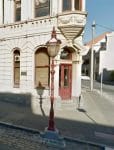
Another fantastic photograph of a cluster of 5 huge Sugg globe lanterns 36in diameter, 4ft 6in tall with 100 lt burners.
Several people have asked where this picture was taken especially as it is possible to see the names of both roads, Bridge Street to the right and High Street to the left Eventually it was tracked down to Bristol where bomb damage in the war had meant that this junction no longer exists – however there is a photo of the same junction taken in 1930 in which you can see numerous changes!
These two pictures of dock lighting by the Lambeth and Greenock lamps appear in William Sugg’s 1887 book ‘Modern Street Lighting’ and are credited as being by the author – clearly an enthusiastic photographer. Once again they demonstrate the enormous size of these lamps. The Greenock lamp is mounted on the largest 20 ft version of the popular ‘diamond pattern’ post. (See columns and brackets.)
These (1880) catalogue pages illustrate the Westminster lamp in one of it’s earliest open flame forms, shown here suspended. This specific model is listed opposite with the largest 80 cu ft, 400 candle power version priced at £29.00 being 7ft 6in ht and 4ft 6in width!
This Lambeth lantern still (2014) graces the entrance to the council offices in Lewes, East Sussex. With it’s handsome cradle bracket it makes an impressive statement of the longevity of Sugg lanterns – somewhat more impressive than the feeble low energy electric lamp now providing the light source!
Apart from this great example of the Lambeth lamp still installed in its original cradle mounting in Lewes, another Lambeth lamp that used to light the street in the village of Beer in East Devon has been saved for posterity in the unlikely location of the parish church of St Michaels. The full story is in Location Pictures but a picture is shown here to keep the Large Lanterns theme in place.
In 1988 at Sugg Lighting we found what we believe is the largest original Westminster lantern still in its original location on the cliff overlooking the pier in Llandudno. It had survived something like 100 years in this incredibly exposed location partly because it had been provided with an extra support frame although it was truly suffering as can be seen in the picture below.
We were able to recover the Westminster, strip it down and rebuild it. You can see just how large it is in the picture below ready to be returned. (The lamp is accompanied by Chris Sugg.) It also gave us the opportunity to learn about the construction of these huge lanterns.
This is how it looks back in its original location in Happy Valley, Llandudno.
UNDER CONTINUOUS DEVELOPMENT – PLEASE CALL AGAIN!
Copyright © Chris Sugg 2006-onwards
Top of page
or
Back to ‘Street Lamps‘
or
Back to ‘Lighting‘


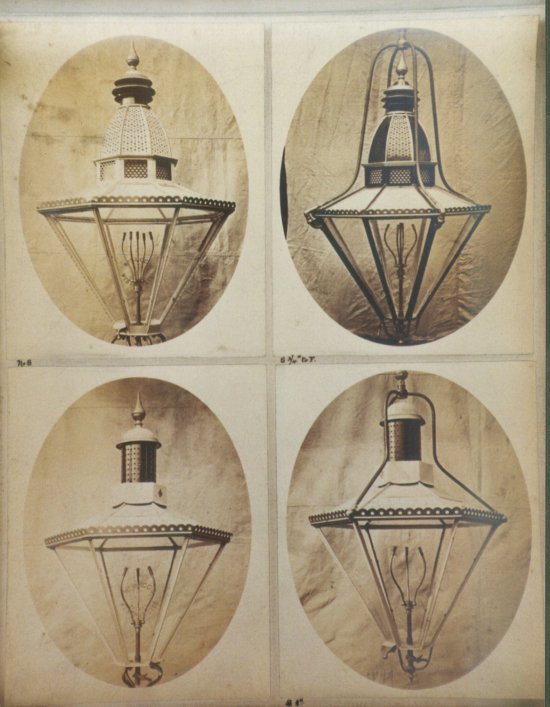
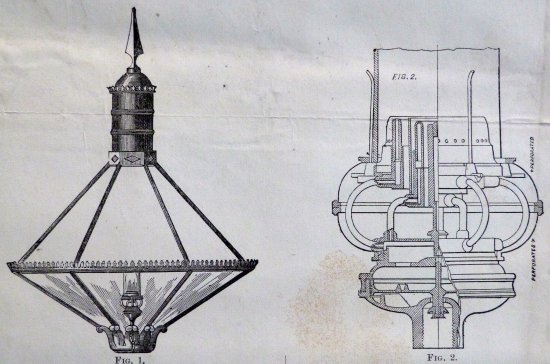
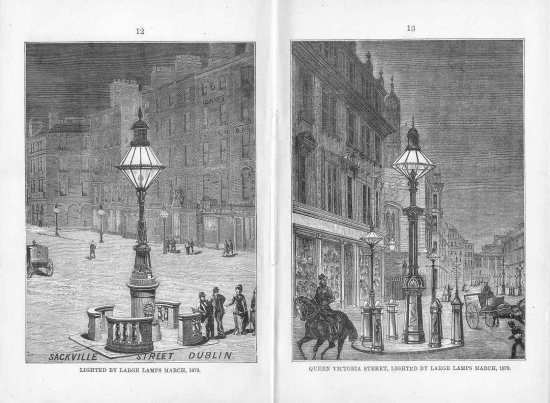
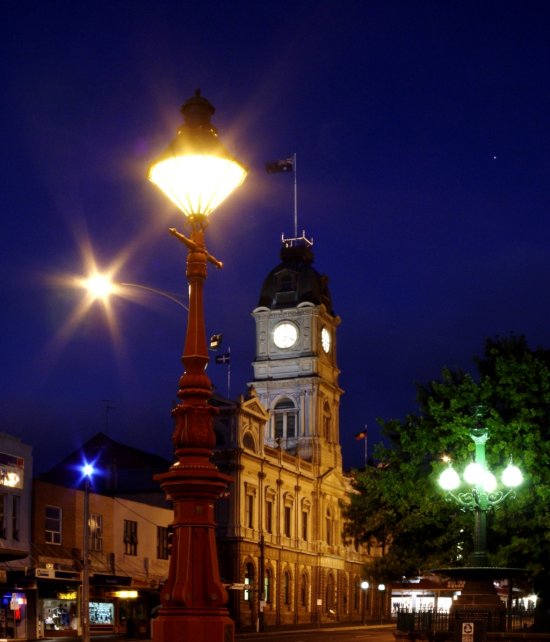


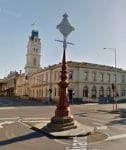

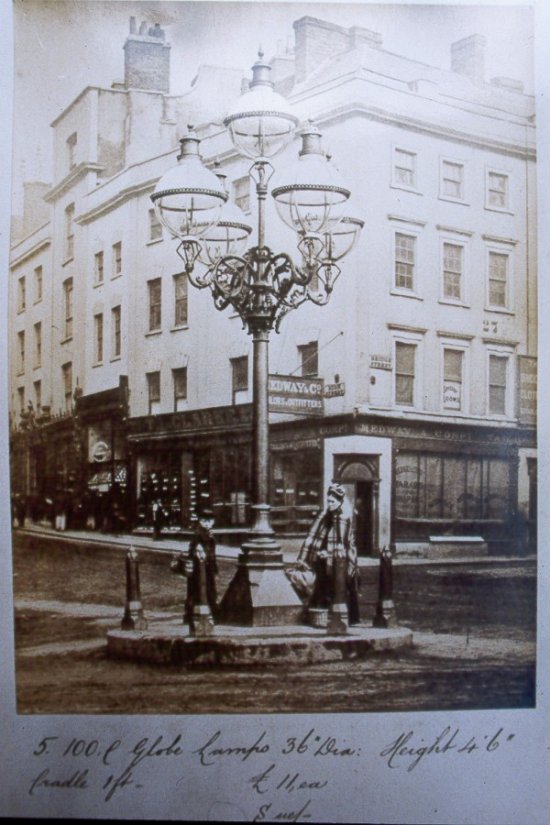
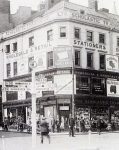
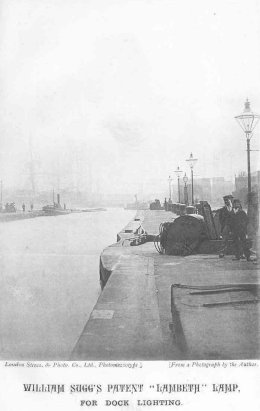
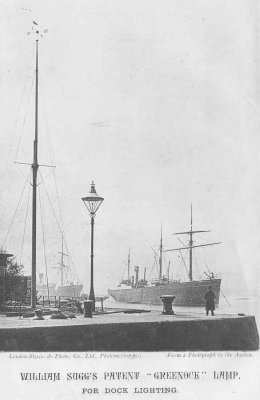
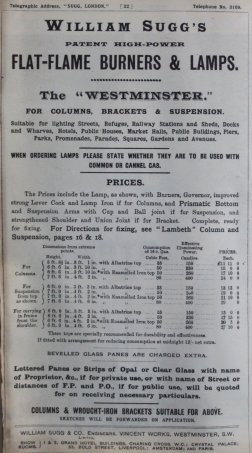
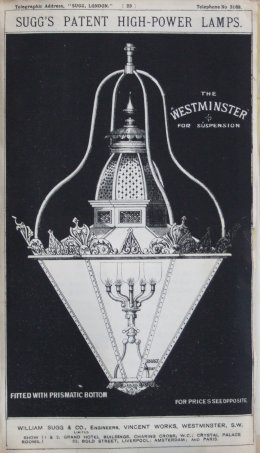
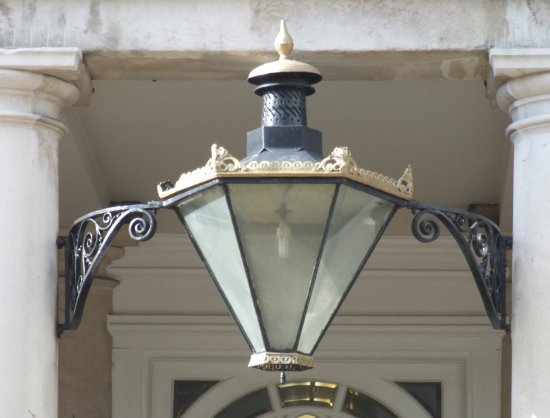
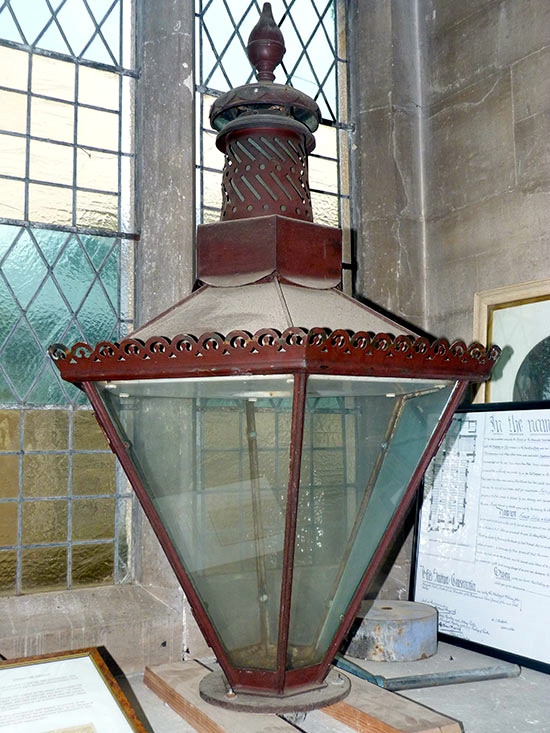
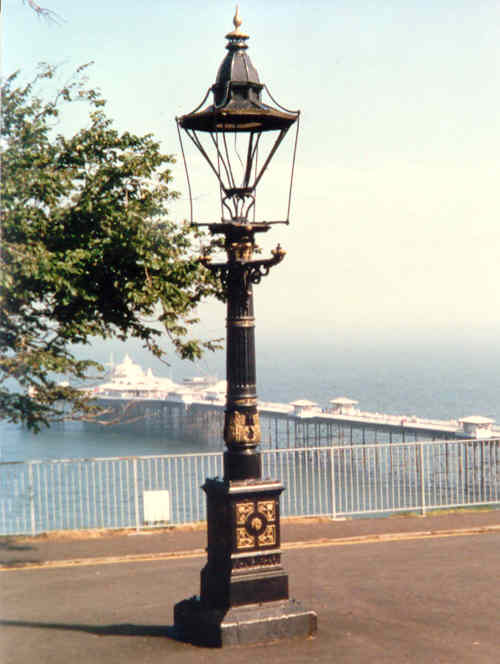
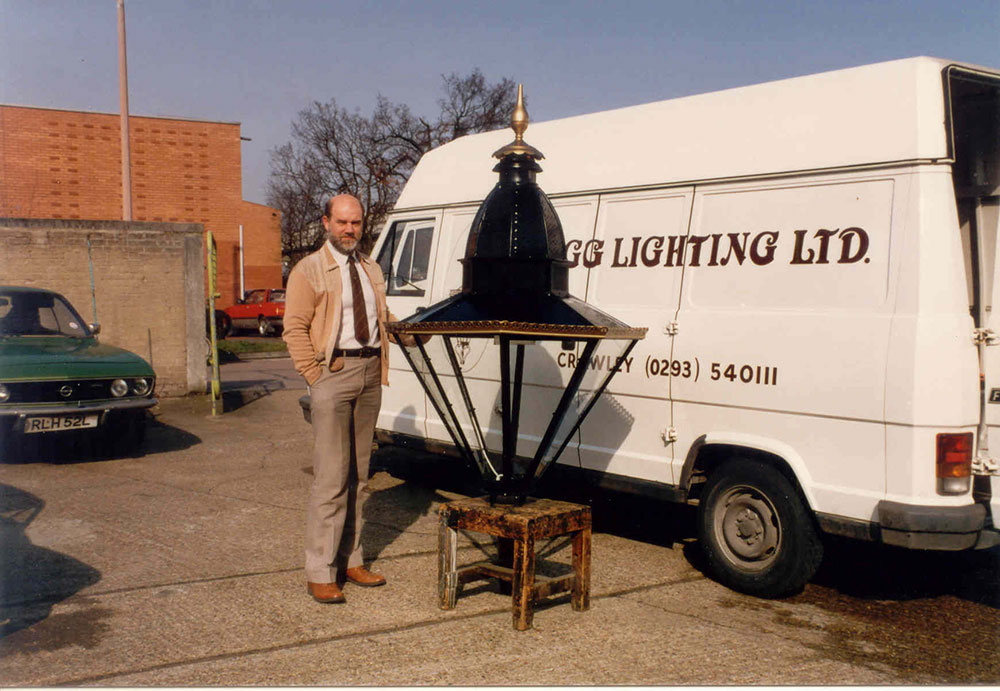
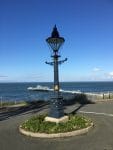
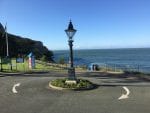
12 responses
I have just come from Ballarat and the Sugg lanterns are in the central business district some 1.8 to 2 kilometres from Sovereign Hill. The lanterns in the 2006 photograph are at the intersection of Lydiard and Sturt Streets, while the 2009 photograph is at the corner of Dana and Lydiard Streets. Another stands at the corner of Sturt and Grenville Streets, all these are readily seen on Google Earth Street View. I was unable to see what type of burners were in them as the glass of one is darkened and the others are too exposed to traffic to get close enough.
While the tourist area of Sovereign Hill does have some old style street lanterns, they are probably reproductions made since 1970 when the place opened. Original street and park lanterns from the 19th century also can be found at Bendigo, which was vastly richer in gold, but none that I saw were as elaborate as the lanterns in Ballarat.
Ken
Dear Ken,
Thank you for your comment following your visit to Ballarat. As a useful current update to the story I have added it to the text of the section with thanks.
Here’s a photo that you may like. What appears to be a Sugg lantern in Ruthven Street, Toowoomba, Queensland about 1897.
https://commons.wikimedia.org/wiki/File:StateLibQld_1_100416.jpg
Thank you Ken, it is another delightful historic picture and of a realistic date for a Sugg lamp although not quite as familiar as I could be certain that it is! Blown up as large as the scan will allow, the open flame burner certainly looks right.
My name is Shirley Code. My grandfather used to tell me about how he used to light the gas street lamps in Ballarat when he was a young man. Apparently, he made extra cash from being a lamplighter and with the aid of that money he put himself through the school of mines to become an A Grade Engineer.
Sincerely,
Shirley Code
Great story, Shirley, all the way from Ballarat, Australia, thank you, Regards Chris
Hi Chris,just found your enthusiast page as a child in the early sixties the gas lights at the bluebell railway never left my memorie and fast forward nearly 20 years ago I ordered a pair of your wonderfull Westminster medium lanterns with 3 mantle clusters with mounting arms and frogs still enjoying them full time best purchase I ever made they live in biggin hill kent cheers mark spaulding
Hi Mark. Your name rings a bell so I am glad to hear that your lamps are still doing their job. The 21″ Westminster was always one of my favourites!
did suggs ever make police lamps do you know?
Merryn, The Sugg Windsor lamp became such a standard that it must have been used as a Police lamp but I am not aware of a specific design for a Police in any catalogue information. Many specials and adaptations were made such as panels in the side for names such as you see on railway stations so these could just as easily carry blue glass suitably named. If you come cross anything do let me know!
Excuse me but this is a bit mixed up. The 2006 and 2009 photos are of the same lamp. The 2006 photo looking west on Sturt St with Town hall and Burke and Wills memorial in background. The 2009 photo looking east on Sturt St toward the Robbie Burns memorial statue and the Loafer Tree on Speakers Corner. The other lamps are further east on Sturt and Grenville Sts. The other is in the middle of a roundabout at Lydiard and Dana Sts. They are not in Sovereign Hill which is an historic reconstruction theme park several kilometers from the centre of town.
Dear Bevan, I am afraid that I have never been to Ballarat as I guess you can tell. All the information came with the photos and it is very difficult to get it all right! I do realise that there is only one lamp and of course that it has been totally rebuilt but you can see how similar it is to the lamp shown in the booklet. If you would like to write the caption or a whole story I would be happy to see how I could fit it in. A little map to clarify it would be great.
Follow up
Thanks for the extra pictures and clearing up any misconceptions. There is extra information further down that does cover the fact that there are 3 lamps but your pictures do show that the easiest way of recognising that there are 3 is that the base stonework/steps is different on each fixture. Good to see the other lamp which looks pretty original.